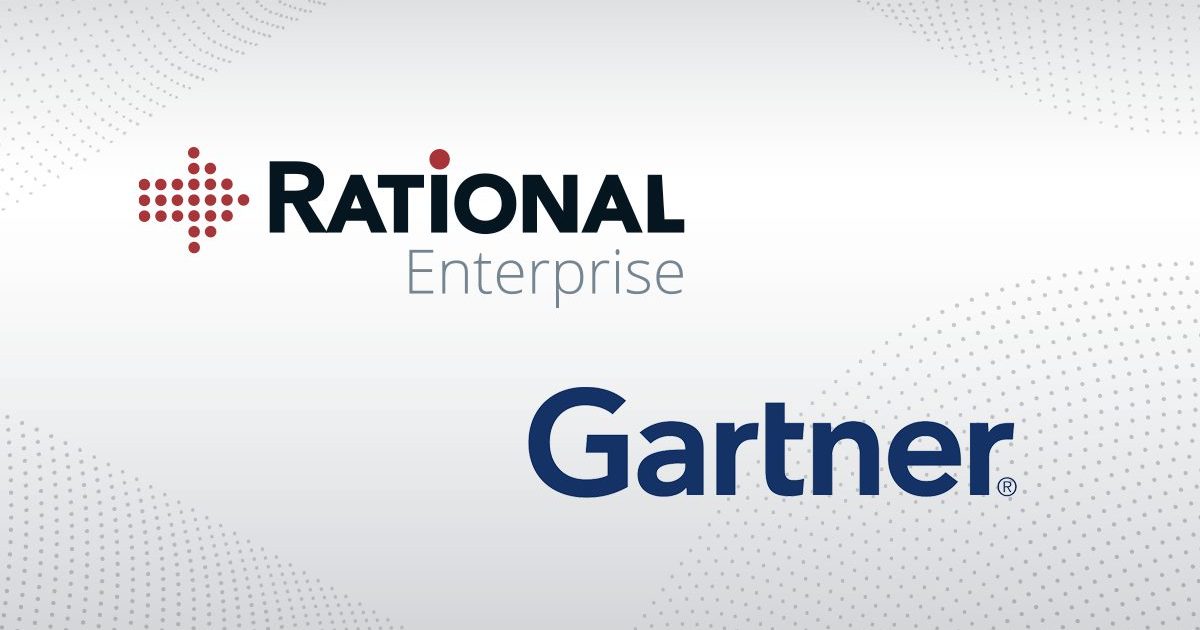New York, NY – Rational Enterprise, a leader in Information Governance software, announced today that it has been included in Gartner’s latest “Market Guide for File Analysis Software” for its Rational Governance software platform.*
According to the Guide, “File Analysis (FA) products analyze, index, search, track and report on file metadata and, in some cases, file content, enabling organizations to take action on files according to what was identified. FA moves beyond traditional storage reporting products by providing detailed metadata and contextual information to enable better information governance and storage management actions, in addition to reporting on simple file attributes.”
Rational Enterprise enables FA through its Rational Governance product, which provides visibility into and control over enterprise data in place and in real time, across any number of unstructured data sources – all while remaining transparent to employees and without interrupting their work. Rational’s software unifies enterprise data by creating an aggregated index of the text and metadata of all managed content, tracking the lifecycle of every document to create an even richer set of audit trail metadata. Company administrators are provided an interface for viewing and analyzing this data where it resides, as well as for designing and enforcing policies (with actions including copy, move, preserve, destroy, and alert) that explicitly control and understand data through advanced and automated analytics.
Rational Governance’s FA capabilities serve to reduce risks around enterprise information and conduct more effective and efficient information management. In the Guide, Gartner analysts further explain the benefits from FA: “File analysis enables storage managers, legal and security professionals, and business analysts to understand and manage unstructured data stores to reduce costs and risk, increase efficiency of business-critical data, and make better information management decisions for unstructured data.”
Rational Governance supports FA in the context of end-to-end Information Governance. Among Gartner’s recommendations for using FA products, analysts suggest: “IT administrators and architects need to use file analysis in conjunction with policy and data retention best practices for a holistic information governance strategy when this strategy has support from C-level executives.”
Rational Governance addresses many of the FA use cases discussed in the Guide: “The primary use cases for file analysis include, but are not limited to: storage management, legacy information cleanup, system retirement, system upgrades, access governance, compliance, security and PII/PCI/PHI-related remediation, records and content management implementations, and data migration projects.”
*Gartner, Inc., Market Guide for File Analysis Software, Alan Dayley, Debra Logan, Jie Zhang, Garth Landers, August 4, 2015, http://www.gartner.com/document/3105719. Gartner does not endorse any vendor, product or service depicted in its research publications, and does not advise technology users to select only those vendors with the highest ratings or other designation. Gartner research publications consist of the opinions of Gartner’s research organization and should not be construed as statements of fact. Gartner disclaims all warranties, expressed or implied, with respect to this research, including any warranties of merchantability or fitness for a particular purpose.


